
Here we report on the progress of the leading builders in the zkBitcoin ecosystem, documenting recent significant releases, technical breakthroughs and general updates.
Featuring: @StarkWareLtd, @GOATRollup, @citrea_xyz, @build_on_bob, @babylonlabs_io, @AlpenLabs, @fiamma_labs, @FairGateLabs, @layeredge, @BTC_OS, @fractal_bitcoin, @TheTNetwork, @BitlayerLabs, @MapProtocol, & @TaprootWizards
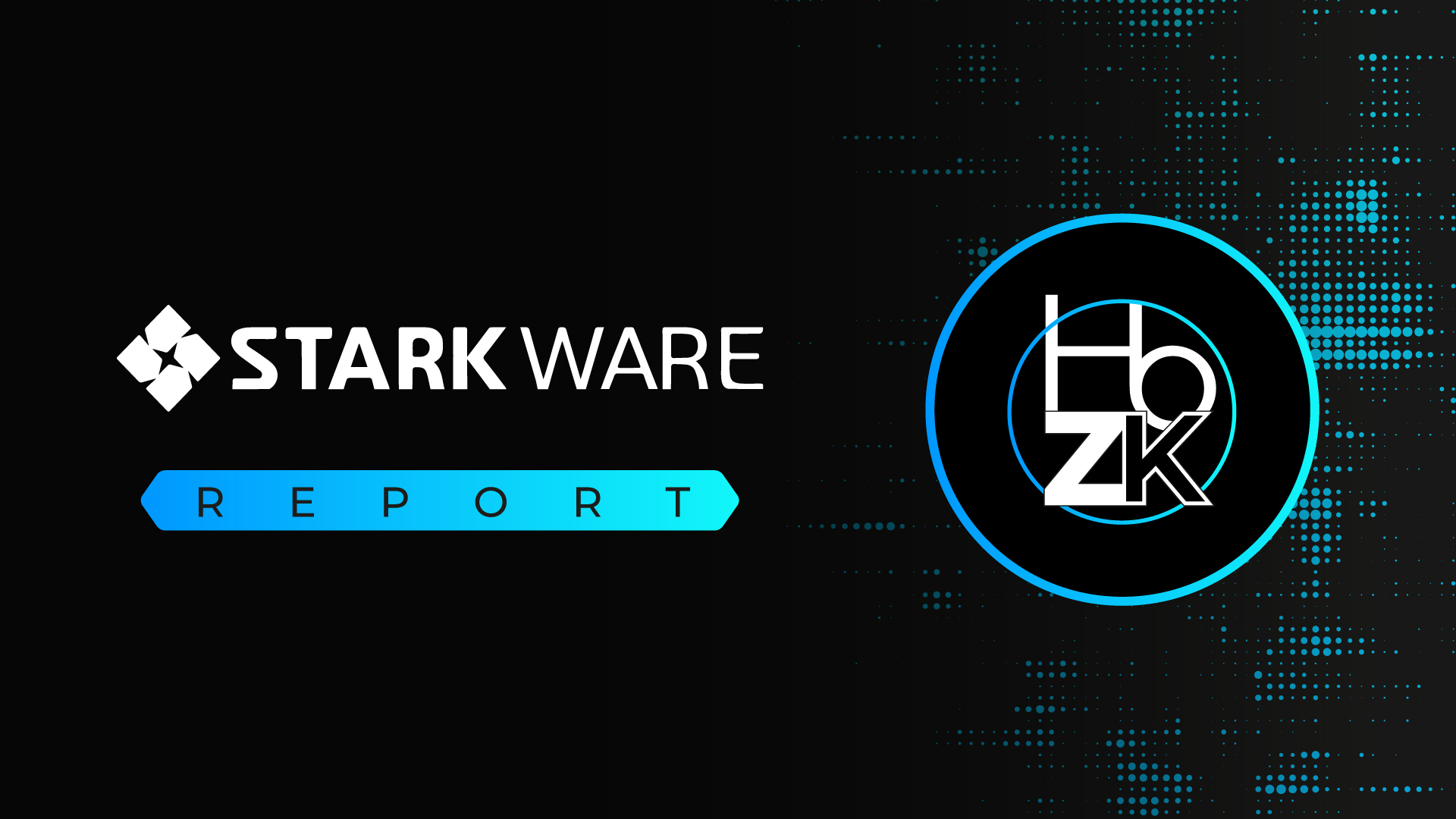
In a recent episode of @therollupco, @StarkWareLtd CEO @EliBenSasson joined @ayyyeandy and @robbie_rollup to discuss @Starknet’s expanding role in Bitcoin scaling: https://youtube.com/watch?v=V3T7qIeUhJg
Eli outlined plans to unlock Bitcoin’s idle capital through native yield products, BTC staking, and decentralized finance tools - without requiring users to give up custody of their assets.
He also touched on various other topics including the importance of privacy, the consumer and gaming apps thriving on Starknet, and the need for sustainable incentives between L1 and L2 networks to support real user value.

Tech
@GOATRollup has launched its BitVM2 Beta testnet, achieving real-time proving with sub-three-second proof generation: https://goat.network/blog/when-every-second-matters-goat-network-achieves-real-time-proving
This upgrade addresses a major challenge in Bitcoin Rollups: delays in transaction verification and withdrawals. By using a pipelined architecture and distributed prover network powered by Ziren (@ProjectZKM’s zkVM), block proofs, aggregation proofs, and Groth16 proofs now run concurrently, maintaining consistent throughput - enabling instant user withdrawals.
Sustainable Yield
The project also shared an article explaining how it offers real BTC yield by decentralizing its L2 sequencer network: https://goat.network/blog/where-does-the-btc-yield-come-from-on-goat-network
Users can stake BTC directly and earn a share of network revenue, also paid in BTC.
Partnerships
GOAT Network announced multiple new partnerships and ecosystem launches, including:
@StableJack_xyz: Introduces a new “yield vs. points” market built on top of artBTC from @Artemisfinance, allowing users to choose between farming GOATED token emissions or earning BTC yield - with leverage - while maintaining long BTC exposure: https://x.com/GOATRollup/status/1943294207747322118
@avalonfinance_: Enables BTC and stablecoin borrowing on GOAT Network, letting users deploy borrowed assets into high-yield strategies such as Artemis Finance’s BTC liquid staking or liquidity pairs on @okutrade and @Goatswap_fi: https://x.com/GOATRollup/status/1942207011091005728
@goatrocketio & @rarible: Launched the “GOAT Rocket Summer Pass” NFT collection on http://GOATible.io, offering summer-themed collectibles with in-game financial benefits, supported by Rarible as the official marketplace partner: https://x.com/GOATRollup/status/1946330202960732624
World Class Advisory
@michaelterpin, founder of @BitAngels and Transform Ventures, has joined GOAT Network as a strategic advisor - highlighting the project’s ability to offer sustainable Bitcoin yield at the chain level and noting growing interest from investors.
GOAT Network Core Contributor, @kevinliub, emphasized Michael's expertise in crypto regulation and communications, noting how his vast experience will help GOAT to expand its BTCFI offerings: https://x.com/GOATRollup/status/1943354567045059056
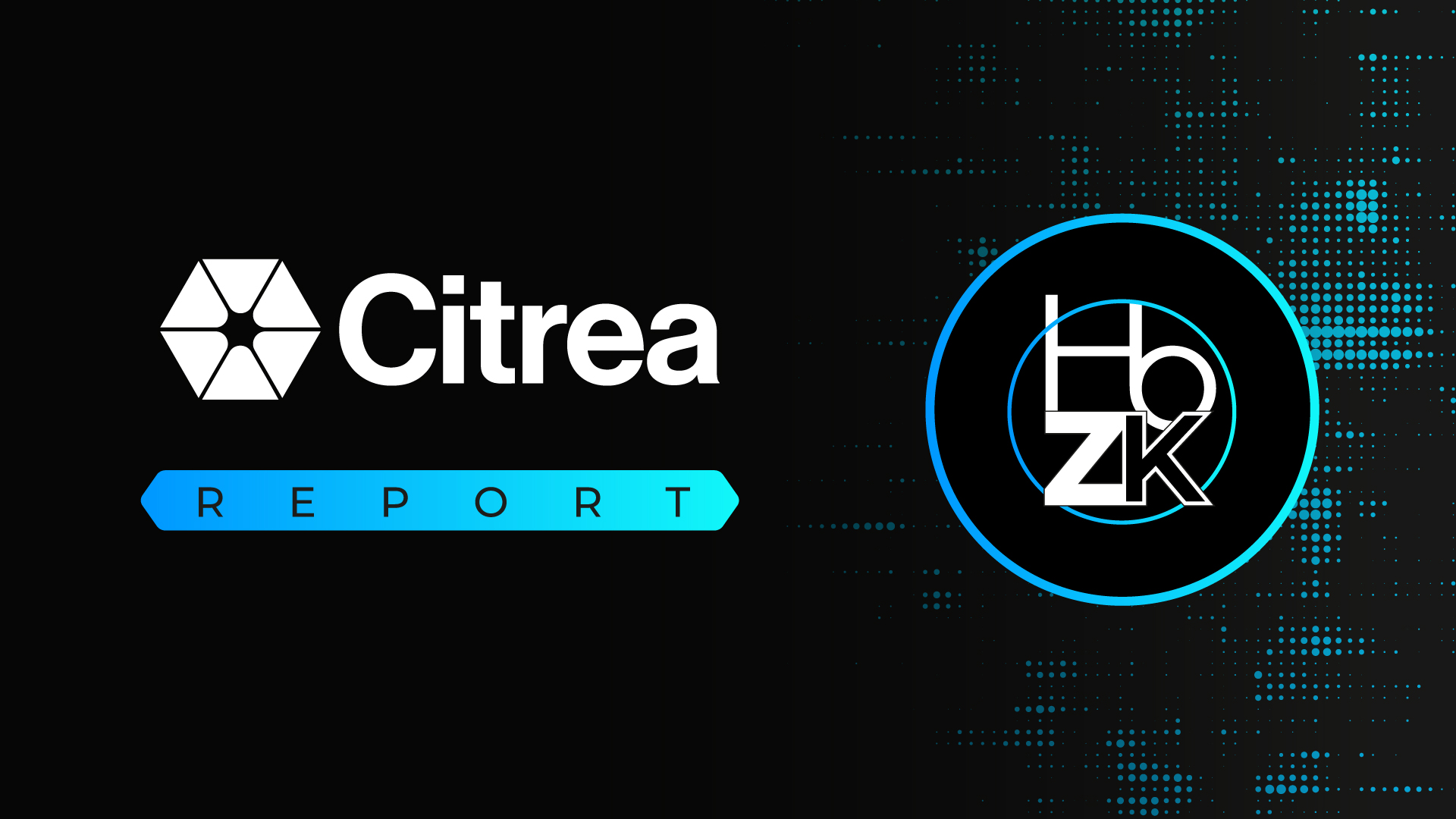
Tech
@citrea_xyz is nearing mainnet launch after over two years of development: https://blog.citrea.xyz/countdown-to-citrea-mainnet/
The project introduces @Bitcoin’s first zkRollup and BitVM-based bridge, Clementine - offering programmable Bitcoin applications (₿apps) with native BTC liquidity. Two final technical milestones and extensive audits are underway. A trusted setup ceremony and invite-only user campaign will follow.
Following the start of audit and testing phases, Citrea has now launched “Unfreeze ₿apps”, an invite-only campaign allowing early users to interact with Bitcoin-native applications ahead of mainnet: https://blog.citrea.xyz/unfreeze-bapps-campaign/
Participants will test ₿apps like Crest and Nectra to simulate real usage and provide feedback. This final phase is designed to observe performance under load before Citrea officially goes live.
Integrations
Citrea has announced several new integrations aimed at expanding its ₿app ecosystem, including:
@SUPRA_Labs: Integrated Supra’s decentralized verifiable randomness (dVRF) into the Citrea Testnet to enable fast, unbiased, and cryptographically verifiable randomness - supporting use cases like on-chain games, NFT mints, loot boxes, and decentralized lotteries: https://x.com/citrea_xyz/status/1941104774088470817
@segment_fi: Onboarded Segment, a native money market live on Citrea Testnet, offering lending and borrowing functionality for cBTC and USDC with transparent yields and fast market integration: https://x.com/citrea_xyz/status/1942562458239131753
@keplrwallet: Enabled Citrea Testnet support on Keplr, giving over 2 million users access to ₿apps across 300+ chains, with native Bitcoin support and seamless asset management: https://x.com/citrea_xyz/status/1945489990974083247
@leap_wallet: Integrated Citrea Testnet with Leap Wallet, a mobile-first, multi-chain wallet supporting over 200 networks, allowing users to manage assets across ecosystems via mobile, browser extension, or web interface: https://x.com/citrea_xyz/status/1945770476695138618
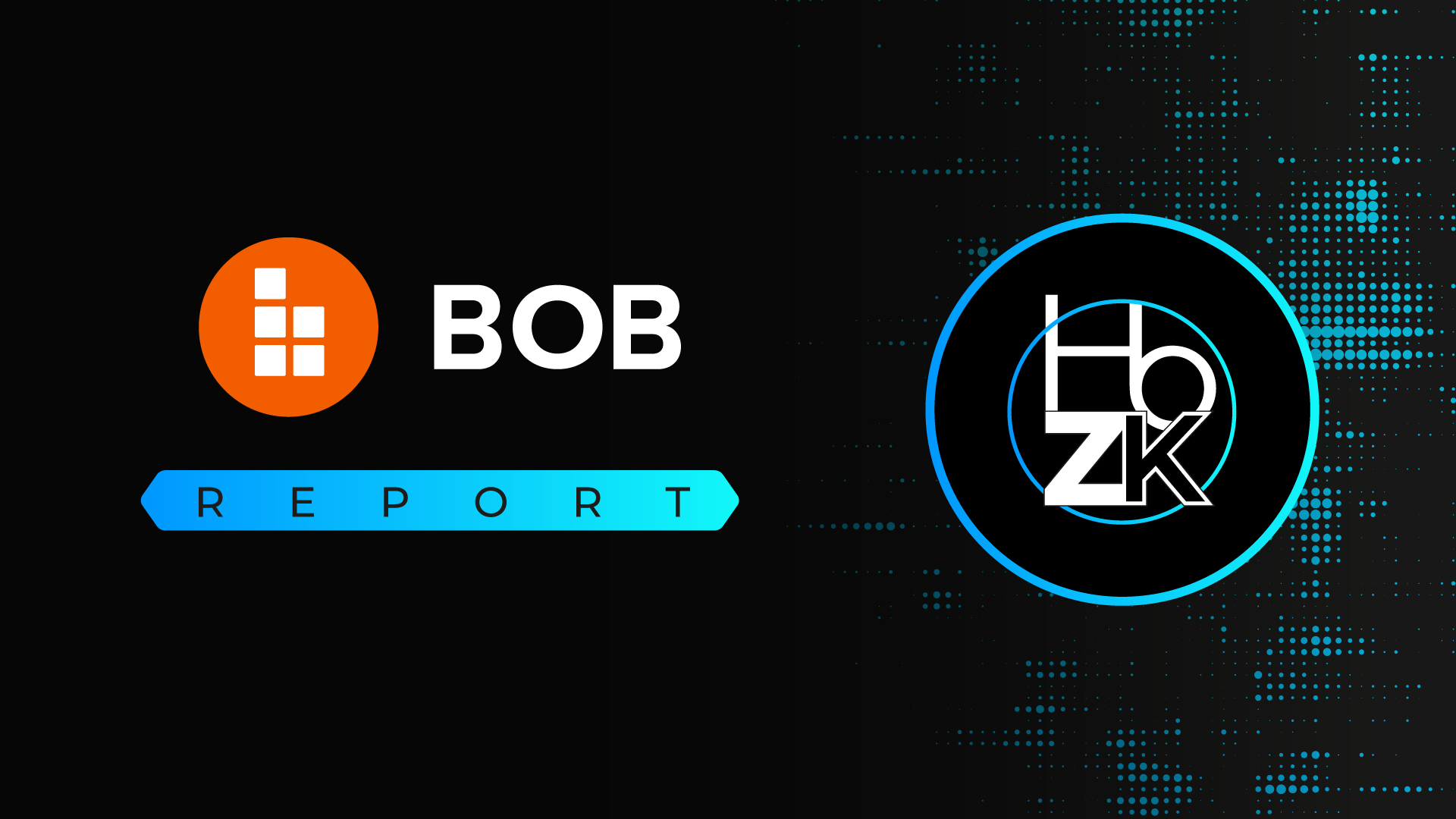
Testnet
@build_on_bob has launched a testnet for its BitVM bridge, bringing native BTC - not wrapped assets - to its hybrid @Bitcoin - @ethereum network: https://blog.gobob.xyz/posts/bob-bitvm-testnet-launch
Supported by @P2Pvalidator, @SolvProtocol, @ankr, @ambergroup_io, @Rockaway_X, @fiamma_labs, @UTXOmgmt, @luganodes, @satlayer, @ChorusOne, @ViaBTC, and @wintermute_t, the bridge uses fraud-proof security to keep BTC decentralized and trustless. The full mainnet rollout is planned for Q4 2025, aiming to unlock institutional-scale Bitcoin DeFi.
Publications
The project released a detailed article explaining how BitVM and Gateway work together: https://blog.gobob.xyz/posts/how-bitvm-bob-gateway-work-together
The article explains how BitVM offers high-security transfers suited for institutions, while Gateway provides fast, flexible access for everyday users.
Documentation
Co-founder @dom60808 reported that the BOB documentation has been updated with several new resources: https://x.com/dom60808/status/1945815116181643648
These include a quick start guide for onboarding into BTCFi, a user hub to answer common questions, updated gateway documentation for developers, a detailed BitVM explainer, and the latest BOB chain updates.
Partnerships
Finally, BOB announced new integrations including:
@CoincreateTeam: Integrated BOB’s hybrid chain to offer a no-code smart contract deployment suite, enabling users to launch tokens, staking contracts, and governance tools with customizable parameters - all secured by @OpenZeppelin and managed through a unified dashboard: https://blog.gobob.xyz/posts/coincreate-integrates-bob
@swing_xyz & @GalaxyExchangeX: Enabled seamless bridging and swaps to and from BOB via Swing’s integration through @debridge.
Builders can now access BOB through Swing’s SDK and widget, while DeFi users can perform cross-chain swaps directly on Galaxy Exchange with full visibility and minimal configuration: https://blog.gobob.xyz/posts/swing-xyz-integrate-bob
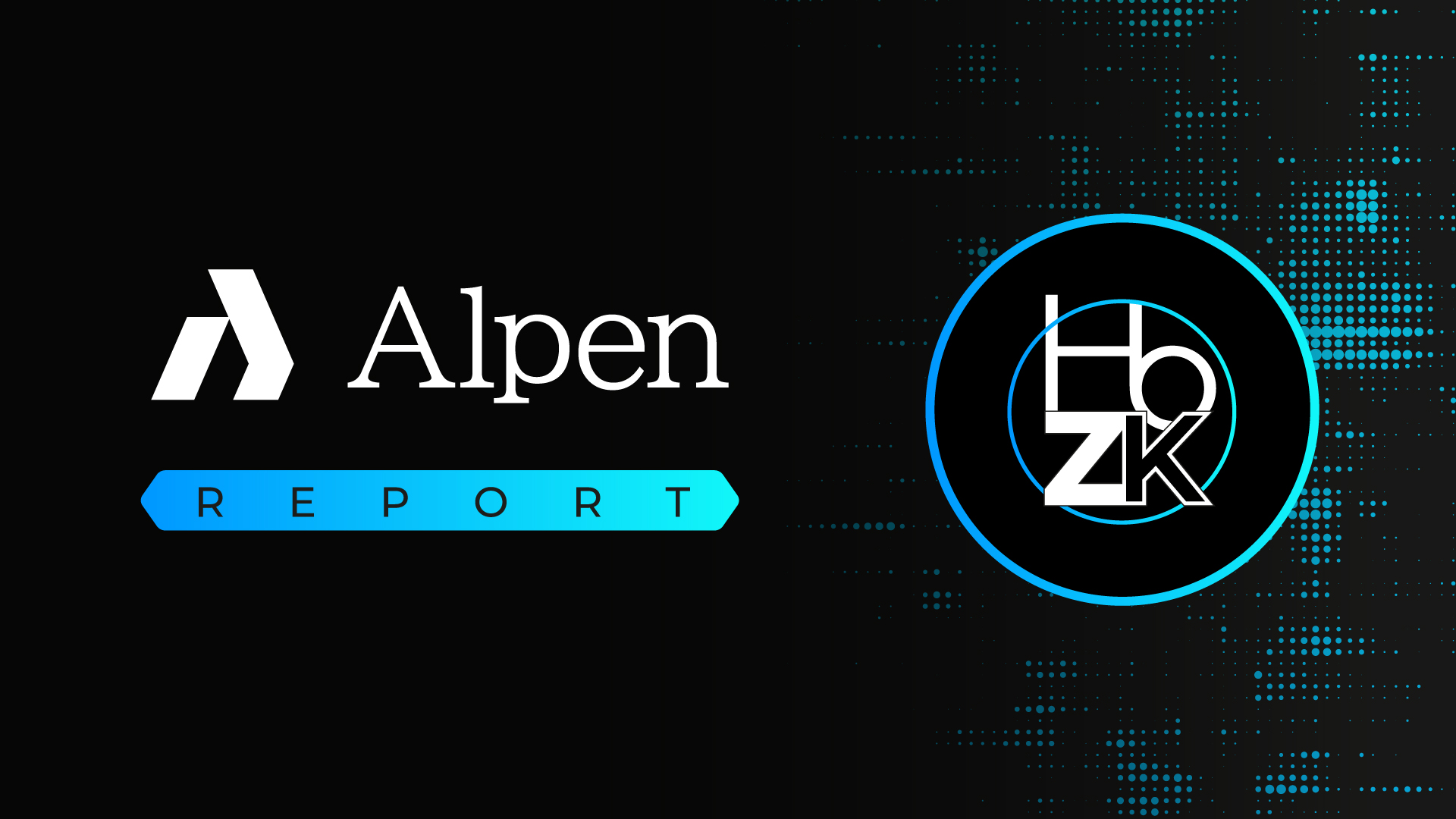
Tech
@AlpenLabs is set to launch Glock, a new cryptographic primitive enabling minimal-trust offchain computation verification on @Bitcoin with drastically lower onchain costs: https://alpenlabs.io/blog/glock-verification-on-bitcoin
Glock overcomes key limitations of prior models like BitVM2 using garbled circuits and a compact DV-SNARK. It reduces complexity, lowers required staking, and improves protocol efficiency - paving the way for more secure and accessible Bitcoin rollups and bridges.
Research
Alpen's @liameagen and @aztecnetwork's @rel_zeta_tech published a paper building on a prior insight linking Inner Product Arguments (IPA) to sumcheck protocols, aimed at enhancing performance for multilinear polynomial commitments: https://eprint.iacr.org/2025/1325
Bug Bounty Program
Finally, the project has launched a bug bounty program on @immunefi to identify security vulnerabilities in its Bitcoin-based ecosystem, which uses ZK cryptography: https://x.com/AlpenLabs/status/1943089713679655086
Researchers and ethical hackers can earn up to $5,000 for valid findings. Alpen emphasizes that security is central to its development efforts and welcomes community contributions to strengthen its testnet platform.

Testnet
@fiamma_labs has released an update on its active Beta Testnet, highlighting that operators can now earn up to 74% APY on native BTC - without giving up asset custody or using smart contracts: https://x.com/fiamma_labs/status/1945104193498570988
Institutional and individual participants, including @UTXOmgmt, @ISinfra and @6block_official, are running operators. They front user withdrawals, earn fees, and remain fully in control of funds, protected by a trust-minimized architecture using pre-signed transactions, timelocks, and slashing for dishonest behavior.
Partnerships
Fiamma has also launched on the @build_on_bob testnet as the main BitVM operator, enabling native @Bitcoin to move securely across chains: https://x.com/fiamma_labs/status/1940666733507105197

@AFutoransky and Fadi Barbara of @FairGateLabs, alongside Gabriel Larotonda of @UBAonline, have co-authored a paper showing how the BitVM3 garbling scheme, based on RSA, is vulnerable to input and output forgery by the evaluator: https://eprint.iacr.org/2025/1291
Using minimal examples, they demonstrate how adaptors used in circuits to manage wire reuse expose internal labels. This breaks the authenticity guarantees of the system.
The authors extend the same attack method to the forward label propagation scheme and evaluate a variant using linear adaptors, reaching similar conclusions. PoC implementations are shared online.

@layeredge published a string of tech explaining posts, with the first diving into how its decentralized ZK-verification system goes beyond just validating proofs - it also tracks who verified them.
Through a system called Proof Attribution, LayerEdge links verifiers using edgenOS to specific proofs. Each verification is signed, logged, and anchored on-chain, ensuring transparency, fair rewards, and a provable work history: https://x.com/layeredge/status/1941168841549373722
The second post covers how Modular Proofs replace large, brittle ZKPs with smaller sub-proofs for each system transition.
Each proof is independently verified, anchored, and challengeable, improving scalability and trust. These modular ZKPs are cryptographically secured and anchored across chains like @ethereum and @Bitcoin. Their edgenOS extension lets users verify proofs directly from the browser: https://x.com/layeredge/status/1945165505184112883
The most recent post explains how LayerEdge uses Proof Normalization to standardize diverse ZKPs from systems like zkEVMs, zkML, and identity apps. Their infrastructure decodes, validates, and logs each proof in a common format, enabling efficient verification at scale.
This approach supports interoperability across decentralized apps, chains, and protocols in the broader ZK ecosystem: https://x.com/layeredge/status/1948590189292781569
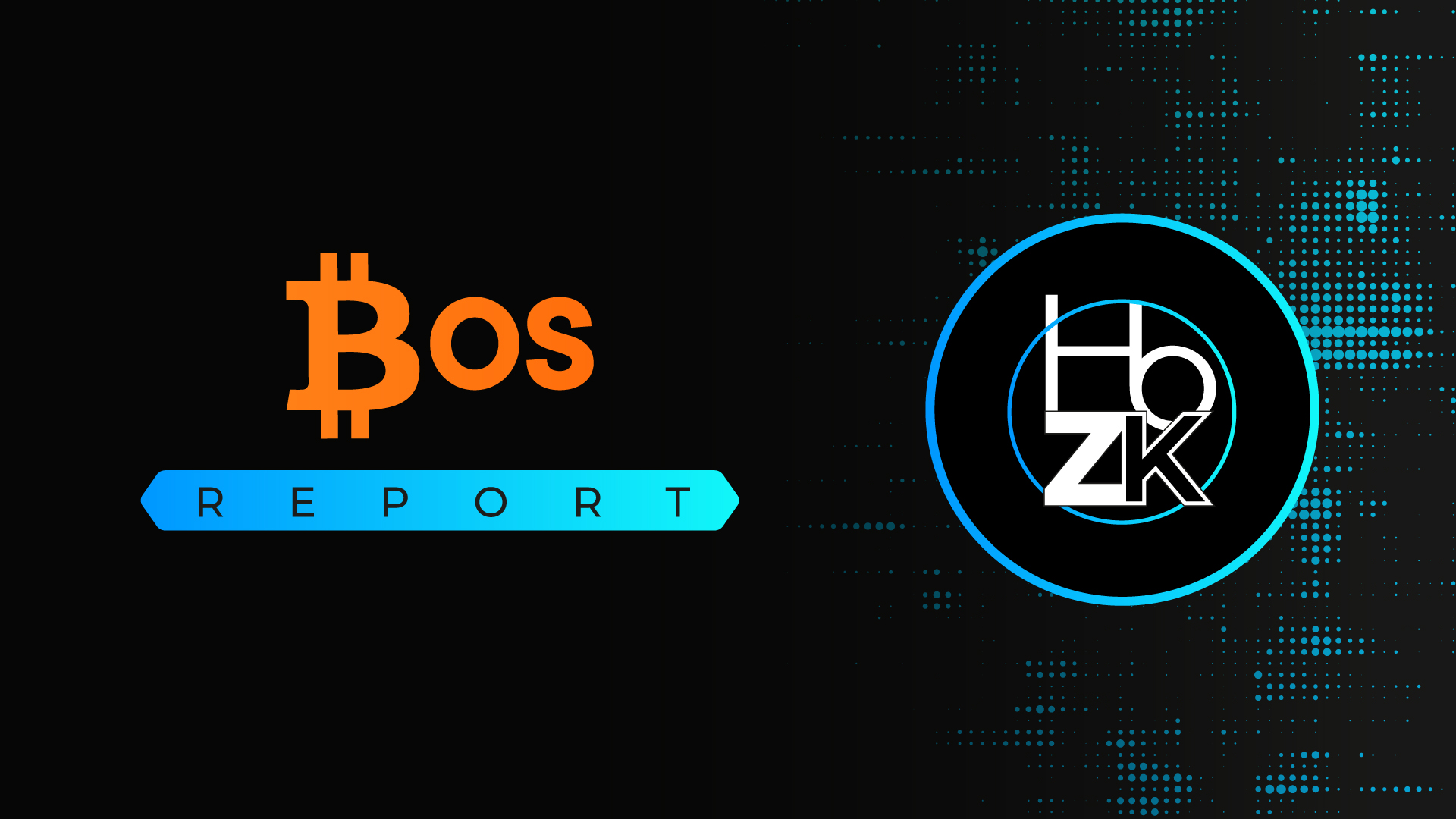
@BTC_OS has announced a series of new integrations aimed at expanding the reach of bridgeless, programmable @Bitcoin across multiple ecosystems:
@DeltaDeFi: Integrated xBTC into DeltaDeFi’s Hydra-powered trading protocol and vaults, enabling trust-minimized Bitcoin DeFi on Cardano.
The partnership combines BOS’s bridgeless BTC asset with Cardano’s scalable state channels, unlocking secure trading without centralized bridges: https://blog.bitcoinos.build/blog/deltadefi-joins-bos-to-bring-bridgeless-bitcoin-to-cardano-defi-with-hydra
@HathorNetwork: Integrated BOS and its @CharmsDev token issuance protocol with Hathor’s Nano Contracts and UTXO model to enable seamless movement of assets between the two chains.
The collaboration brings xBTC to Hathor and allows Hathor-native tokens to access Bitcoin-based DeFi infrastructure: https://blog.bitcoinos.build/blog/hathor-network-and-bitcoinos-join-forces-to-unlock-seamless-bitcoin-interoperability
@Arichain_: Brought zkBTC liquidity to Arichain’s multi-VM blockchain via the BOS Grail Vault.
This enables trustless Bitcoin collateral to move across EVM, SVM, and WASM environments within Arichain’s unified execution layer, eliminating the need for bridges while preserving self-custody: https://blog.bitcoinos.build/blog/bitcoinos-and-arichain-to-unlock-trustless-zkbtc-liquidity-for-multi-dimensional-future

@fractal_bitcoin has released fractald v0.2.3, a backward-compatible update improving node performance: https://x.com/fractal_bitcoin/status/1944384032533631185
Key changes include a new DNS seed for better mainnet peer discovery and a reduced minimum pruning height - from 100,000 to 10,000 - allowing more disk space savings. Users converting to prune mode can delete the legacy txindex folder to reclaim space. Upgrading is recommended for efficiency.

@TheTNetwork has announced new integrations and collaborations focused on expanding decentralized @Bitcoin utility:
@SuiNetwork: Integrated tBTC into the Sui ecosystem, enabling decentralized Bitcoin access across multiple DeFi protocols like Bluefin, AlphaLend, Bucket, and AlphaFi.
Users can now mint tBTC natively on Sui and deploy BTC in trading, lending, and collateral use cases, marking a major step in trust-minimized Bitcoin DeFi: https://blog.threshold.network/tbtc-is-now-on-sui/
@MezoNetwork: Launched an incentive program with Mezo, a Bitcoin-native financial layer, allowing users to unlock liquidity with MUSD while maintaining Bitcoin exposure via tBTC.
The collaboration introduces Bitcoin-backed lending, rewards, and real-world spending - all secured by Threshold’s decentralized infrastructure: https://blog.threshold.network/bitcoin-powered-rewards-now-on-mezo/
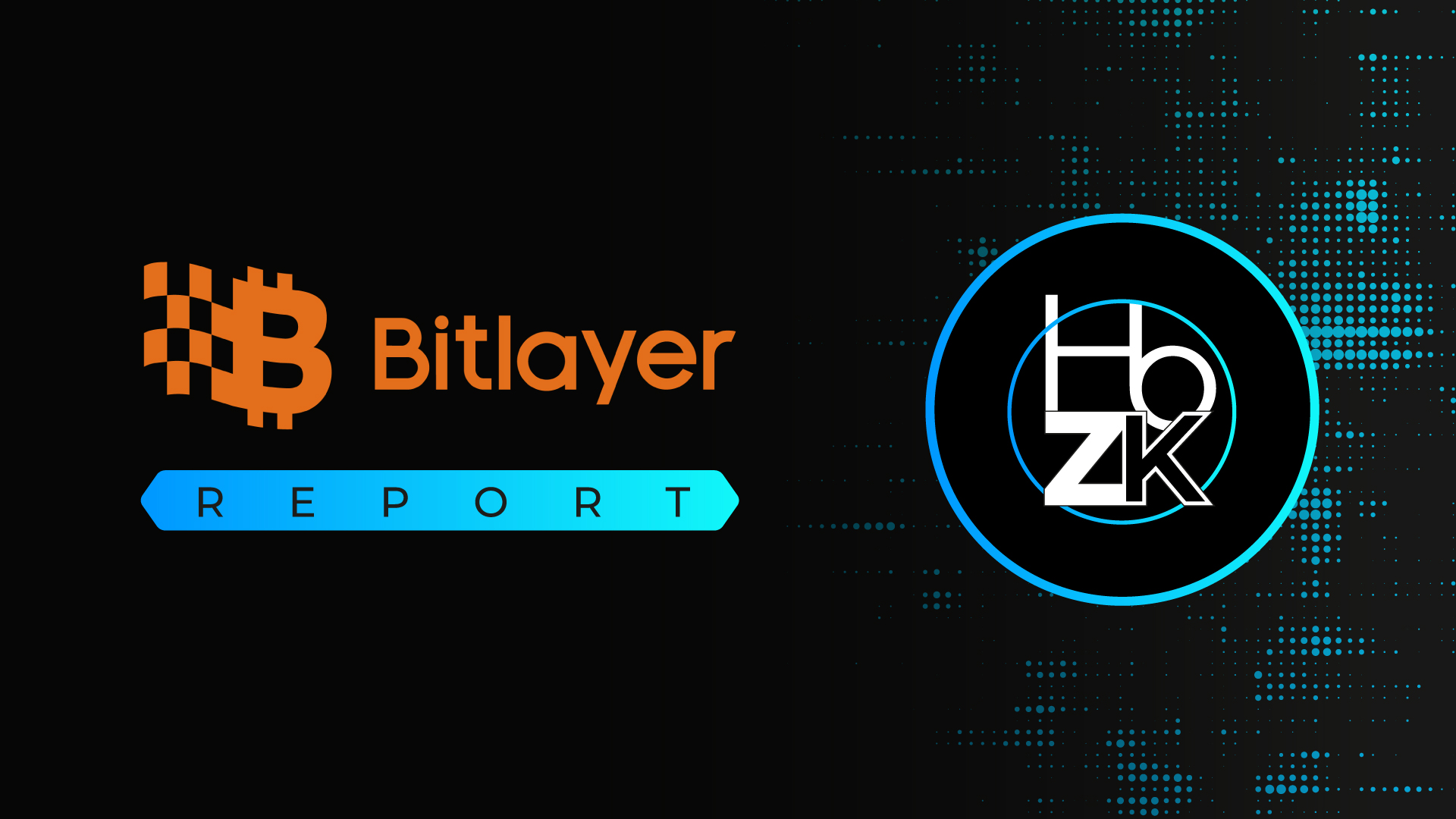
Mainnet
Bitlayer has launched the Mainnet Beta of its BitVM Bridge: https://medium.com/@Bitlayer/bitlayer-bitvm-bridge-initiates-mainnet-beta-today-54dc6305cbbd
Built on the evolving BitVM paradigm, it enables secure cross-chain transfers via the YBTC token. After rigorous testing, Bitlayer is expanding ecosystem integrations with platforms like @arbitrum and @Starknet, while preparing for audits, bug bounties, and full mainnet deployment.
Updates
@BitlayerLabs summarized the key updates from its Summer Launch, highlighting its strategic push into @Bitcoin DeFi: https://medium.com/@Bitlayer/bitlayers-biggest-reveals-at-summer-launch-2025-bitvm-bridge-mainnet-bitlayer-network-v2-02d4880c2905
Highlights included:
Launching the BitVM Bridge Mainnet, a trust-minimized BTC bridge that eliminates centralized intermediaries and enables 1:1 pegged YBTC tokens for use across DeFi platforms.
Releasing the Bitlayer Network V2 whitepaper, which outlines a scalable, Bitcoin-secured L2 with fraud-proof security, real-time finality, decentralized sequencing, and a fallback withdrawal mechanism: https://static.bitlayer.org/Bitlayer-Technical-Whitepaper.pdf
Previewing the V3 architecture, focused on high-performance execution through a native trading engine, scalable infrastructure, parallel EVM compatibility, and an experience designed to match centralized platforms.
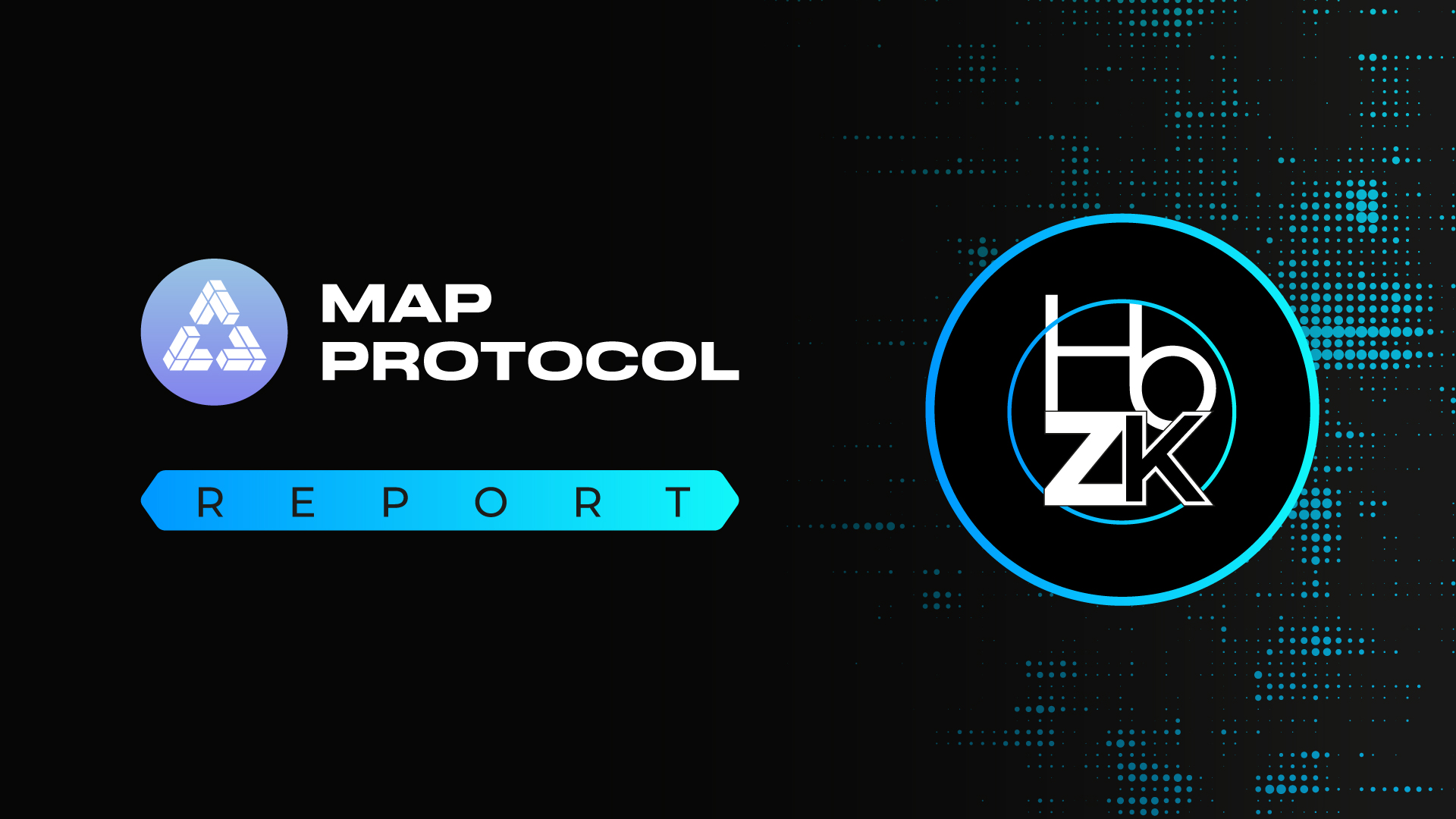
@MapProtocol has announced a strategic shift to focus on omnichain swap infrastructure, enabling decentralized asset swaps between @Bitcoin, stablecoins, and tokenized assets: https://medium.com/@mapprotocolofficial/map-protocol-announces-strategic-repositioning-to-become-omnichain-infrastructure-connecting-btc-84b2a65e4d64
Leveraging light client tech and MPC-based TSS, the project supports real-time cross-chain swaps without intermediaries. With $170 million in monthly stablecoin volume, MAP aims to expand into KRW, HKD, and CNH markets, positioning itself as a core Web3 infrastructure provider.